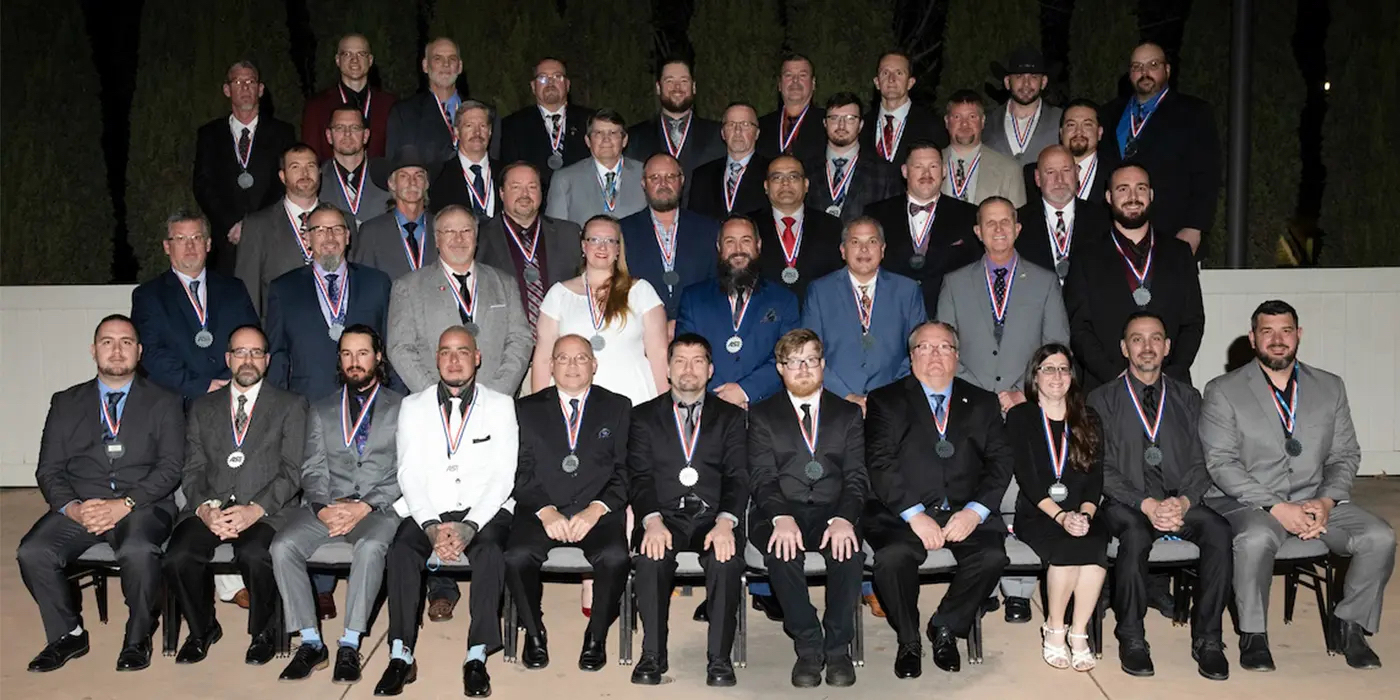Welcome to You & The Law! While you face challenges at your business every day, my goal is to take some of the mystery and confusion out of the employment law dilemmas faced by small businesspeople.
One of the areas about which I get the most questions is hiring and firing employees. Hiring and firing is a challenge, but by following a few tips, you can make better decisions and reduce your risk of defending an expensive lawsuit.
Understand the Rules
While encyclopedic knowledge of employment laws isn’t necessary to be a successful entrepreneur, it’s hard to make a good decision without knowing the basic rules. When it comes to federal laws about employees, you need to know the essentials of Title VII of the Civil Rights Act of 1964 (Title VII), the Americans with Disabilities Act (ADA), the Age Discrimination in Employment Act of 1967 (ADEA), and the Pregnancy Discrimination Act (PDA).
Each of these laws prohibits employers from discriminating against employees on the basis of one or more protected characteristics, which include things like race, religion, sex, disability, age or pregnancy.
But What is Discrimination?
Discrimination is taking a negative (adverse) employment action because of a person’s protected characteristic. A negative action can range from failing to hire an applicant to treating employees differently to firing an employee.
For example, let’s say that tough economic times force Bob to lay off five employees. Of his 50 employees, he lays off his only five minority employees. Even if Bob’s motives were pure, it looks like he is making a negative employment decision on the basis of race or national origin, which is a problem under Title VII.
Bob could also get into trouble if his neutral policies have an unequal effect on certain groups. For example, if Bob refuses to hire anyone with an arrest record, that policy could arguably have a negative effect on people of certain races, which can be a problem.
Also, keep in mind that states and even cities may have their own rules, which sometimes go beyond what is required by federal statutes. For example, the city in which you operate may have a specific ordinance prohibiting discrimination due to sexual orientation. So it’s important to be familiar not only with the federal laws, but also the local laws where you operate.
Hiring Lawfully
Your goal is to find the best man or woman for the job, but finding the perfect employee is hard. The first step in the process is creating and maintaining an accurate job description. If you know exactly what skills you need for the job, you’re more likely to find a good fit. An accurate job description also provides a good foundation for the defense of all kinds of employment-related claims, from failure to hire claims to reasonable accommodation requests under the ADA to wrongful termination suits.
Next, give your employment application another look. A good application asks for things like basic contact information, previous employment experience, educational history, and authorization to work. A good application also includes a disclaimer that the company is an at-will, equal opportunity employer.
Make sure to include a statement where the applicant affirms the truthfulness of the information on the application, and acknowledges that false statements on the application will result in denial of the individual’s application or termination of the individual’s employment.
Ensure the application is fully completed and signed. Finally, keep all the applications you receive for four years. If you find yourself trying to explain why you hired a particular applicant from the pool of applications you received, it is much easier to do if you still have all applications.
One of the most difficult parts of the hiring process is the interview. Well-designed interview questions are an effective tool in evaluating an applicant’s qualifications, experience and personality by getting useful information that helps you make a good decision. At their worst, bad interview questions can set a company up for civil liability.
One of the best ways to avoid liability is to be consistent. Ask all the applicants the same questions. That’s not to say that you can’t ask follow-up questions specific to the individual applicant, but be wary if you find yourself asking only your female applicants if they want to be mommies (a very bad idea). Avoid asking questions about age, marital status, arrests, daycare needs, National Guard or Reserve membership, etc. And if the question isn’t job-related, think about why you’re asking it.
Finally, practically speaking, the more accurately you describe the job requirements, the more likely you are to learn whether an applicant is qualified and truly interested in the job, which may help reduce your turnover. It probably goes without saying that you shouldn’t make any promises about the length or terms of employment that you aren’t prepared to keep.
Finally, a word of caution regarding background checks, drug tests, credit checks and social media searches: when used properly, all of these checks are helpful and lawful tools. However, be careful to weigh the benefits for each and follow the rules.
For example, if you find out information about an applicant’s protected characteristic while Googling them (think: “Excited to be running in the Susan G. Komen Race for the Cure tomorrow in honor of my Mom, Grandma and sisters!”), you can’t unlearn it.
Firing Lawfully
Every employer hopes that every employee will be a star. Alas, every employer must deal with less-than-stellar employees.
When it comes to lawful discipline, good policies and practices are priceless. It’s hard to show that an employee isn’t meeting your requirements when none of those requirements are in writing. Consider a good, comprehensive employee handbook as an investment in avoiding a $500,000+ judgment down the road.
The best employment policies in the world won’t save you if your practices don’t match them. Further, if a supervisor is acting on behalf of the company, the company will often be legally responsible for his actions. Training your employees – especially your front-line supervisors – to properly handle employee discipline is essential.
A progressive discipline policy is typically the best path. While some incidents do warrant immediate termination (things like threatening a co-worker with a weapon or sexual assault), many issues are not that severe. In those situations, you may want to start with verbal warning (which you write down, of course). The next step is a written warning, and then a final written warning that may be coupled with a short suspension without pay.
When you’re documenting these disciplinary steps, make sure to include the author’s name, the date, the specifics of the problem, witnesses, any prior related discipline, the consequences (if the employee’s behavior doesn’t improve, what concrete action is going to happen?), and the employee’s response and signature. You also need to write down any follow up by the supervisor.
Be sure to avoid favoritism or special treatment, discipline based on inaccurate reports, not following the discipline policy or a track record of terminating a certain type of employee (like women or people over the age of 40).
We always hope that an employee will realize the error of his or her ways and improve. However, if an employee moves through this discipline process without improvement, you need to terminate them. If you think there are extenuating circumstances, it’s probably worth a call to your lawyer to discuss it.
For example, if Ellen tells you she falls asleep at the job because of her medical condition, immediately firing her is usually a bad idea. You should first figure out if she’s entitled to a reasonable accommodation under the ADA or temporary leave under the Family and Medical Leave Act.
Keep in mind that no good deed goes unpunished. If you make an exception for your favorite employee, you have to be prepared to make that exception for your least favorite employee. If you give an employee just one more chance, be warned that allegations of discrimination and on-the-job injuries may – coincidentally, of course – arise during that final period.
Finally, document, document, document. Document each step in the progressive discipline policy. Document any internal investigations you conduct (which we will discuss in more depth next time). Document the exact reasons for the employee’s termination. If you end up defending an unemployment claim or a full-blown lawsuit, few things will be more helpful than a plump personnel file.
In Sum
By keeping in mind a few rules, you will be well on your way to avoiding the headaches of a hiring and firing misstep.
The Fine Print: This column is made available by the lawyer and publisher for educational purposes only, to give you general information and a general understanding of the law, not to provide specific legal advice or to establish an attorney-client relationship. This column should not be used as a substitute for competent legal advice from a licensed professional attorney in your state.
Article courtesy of TIRE REVIEW.













